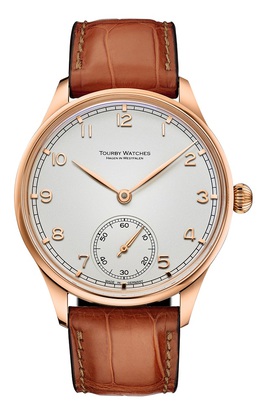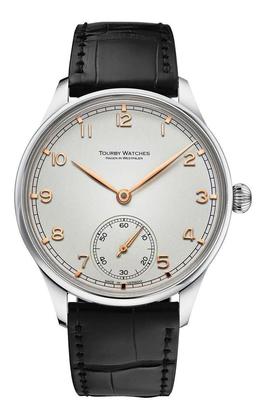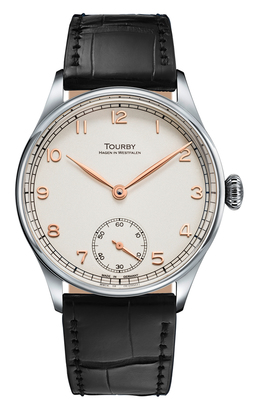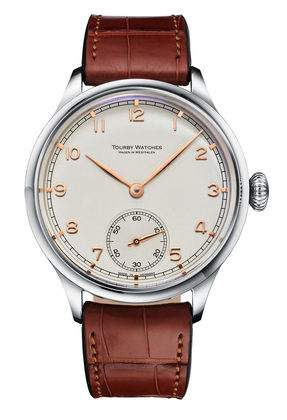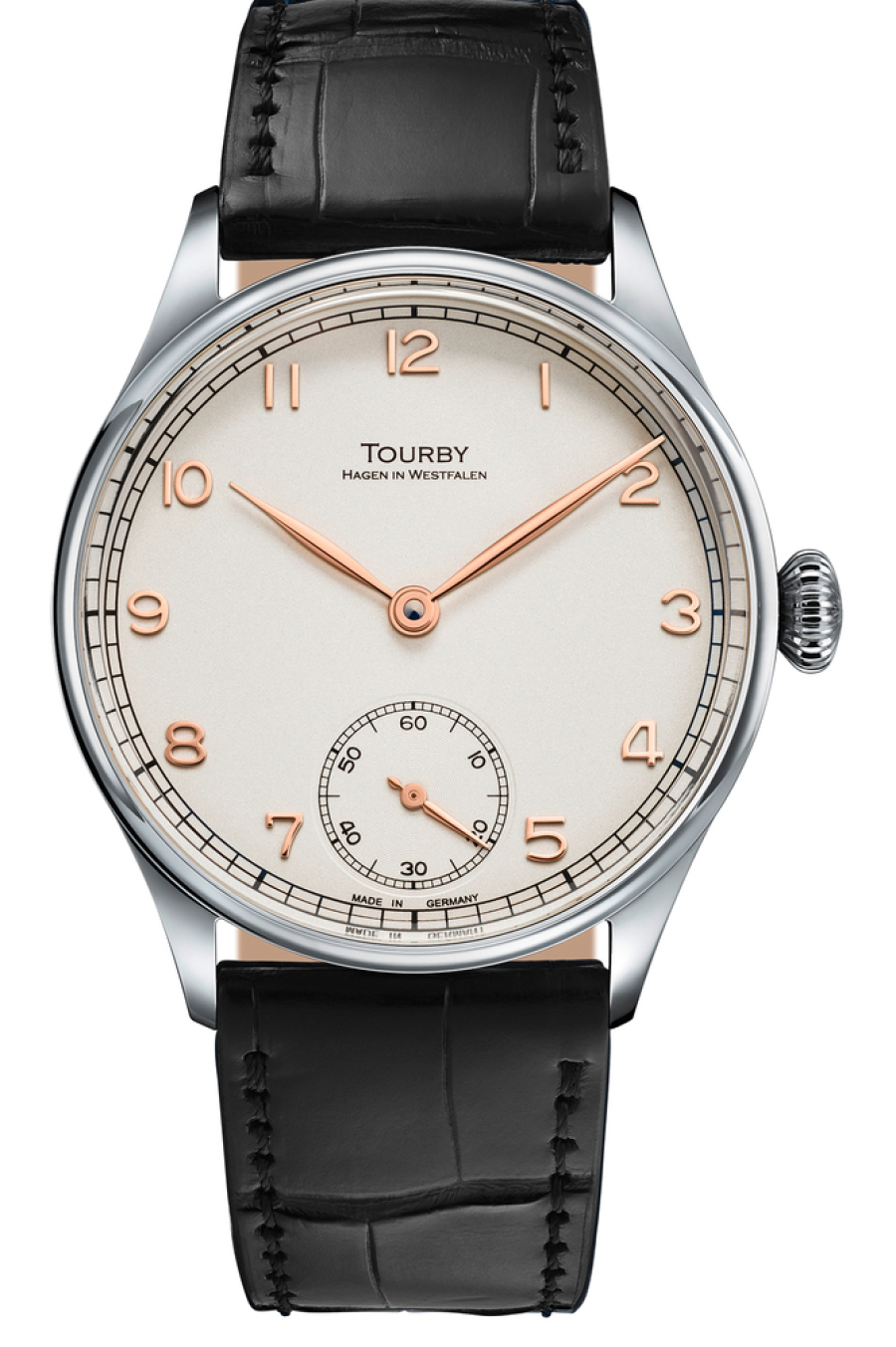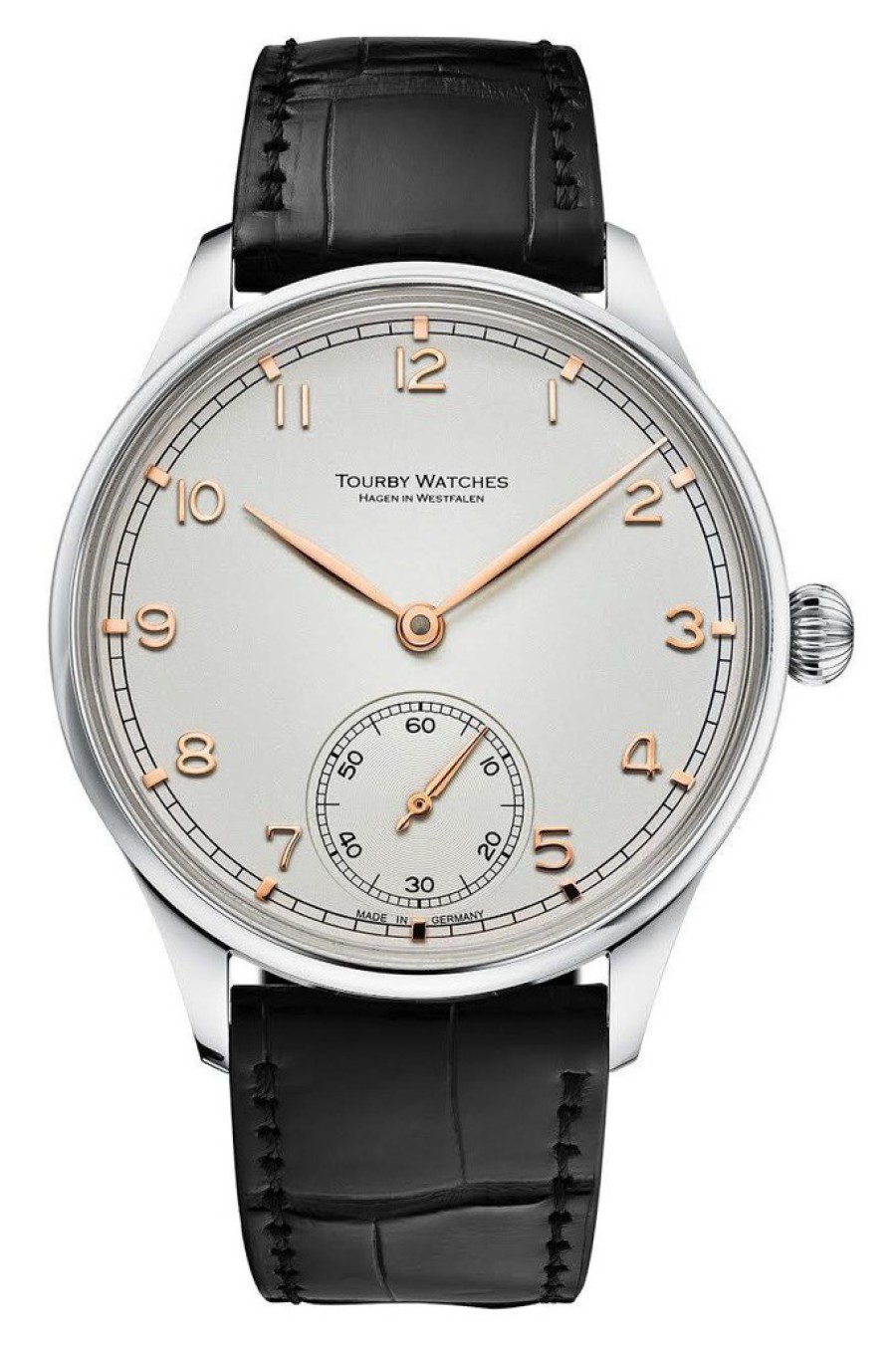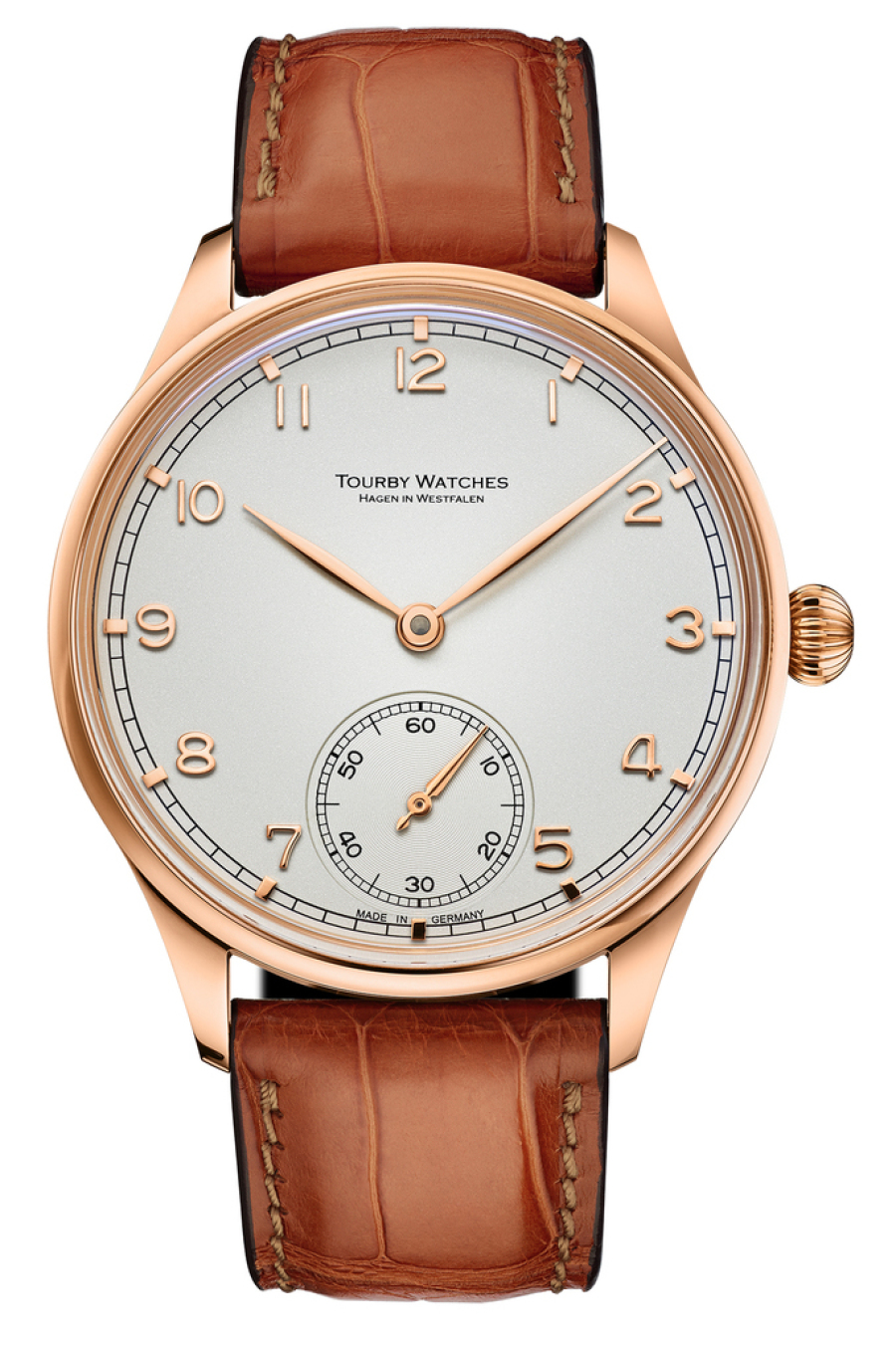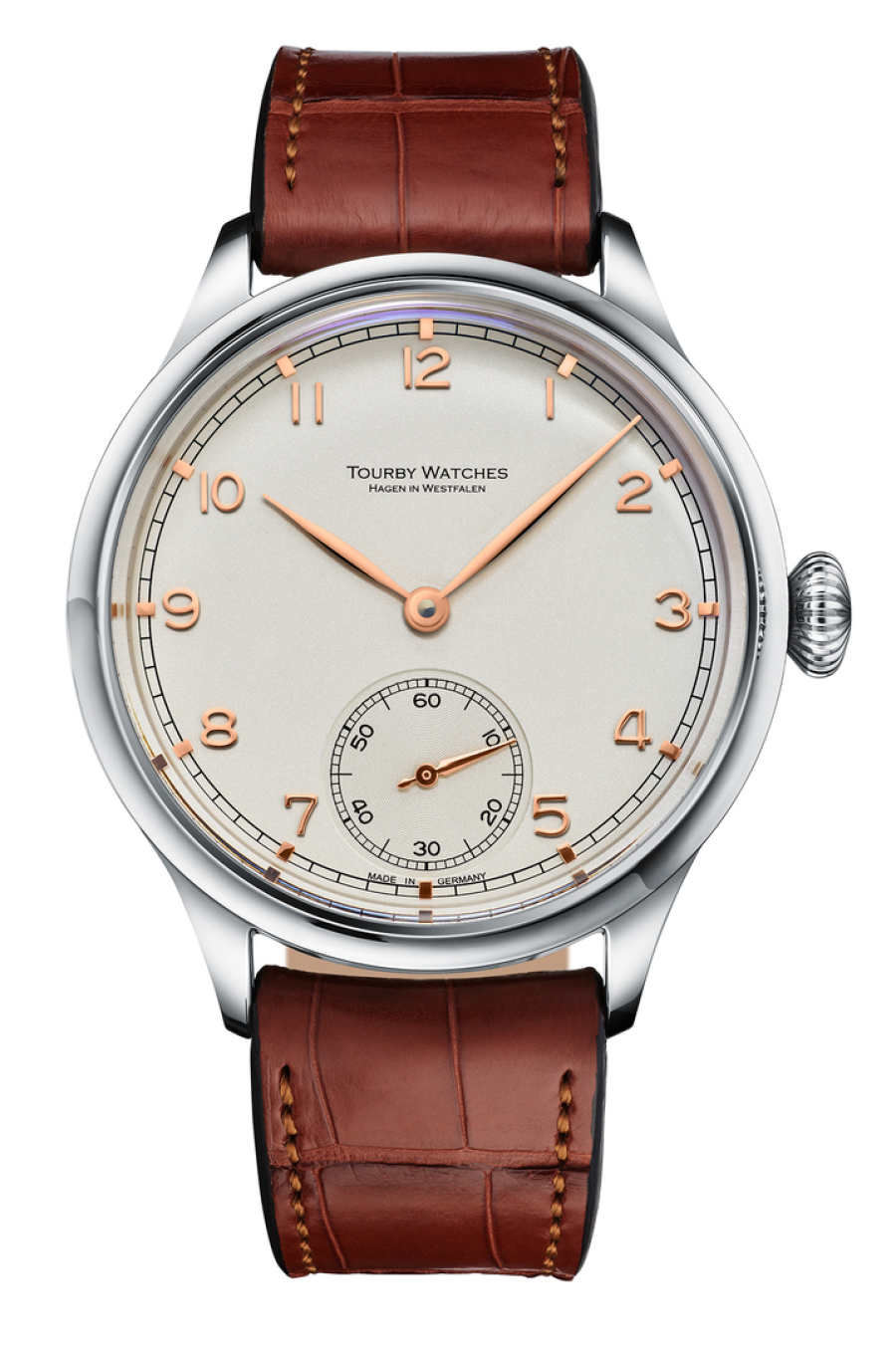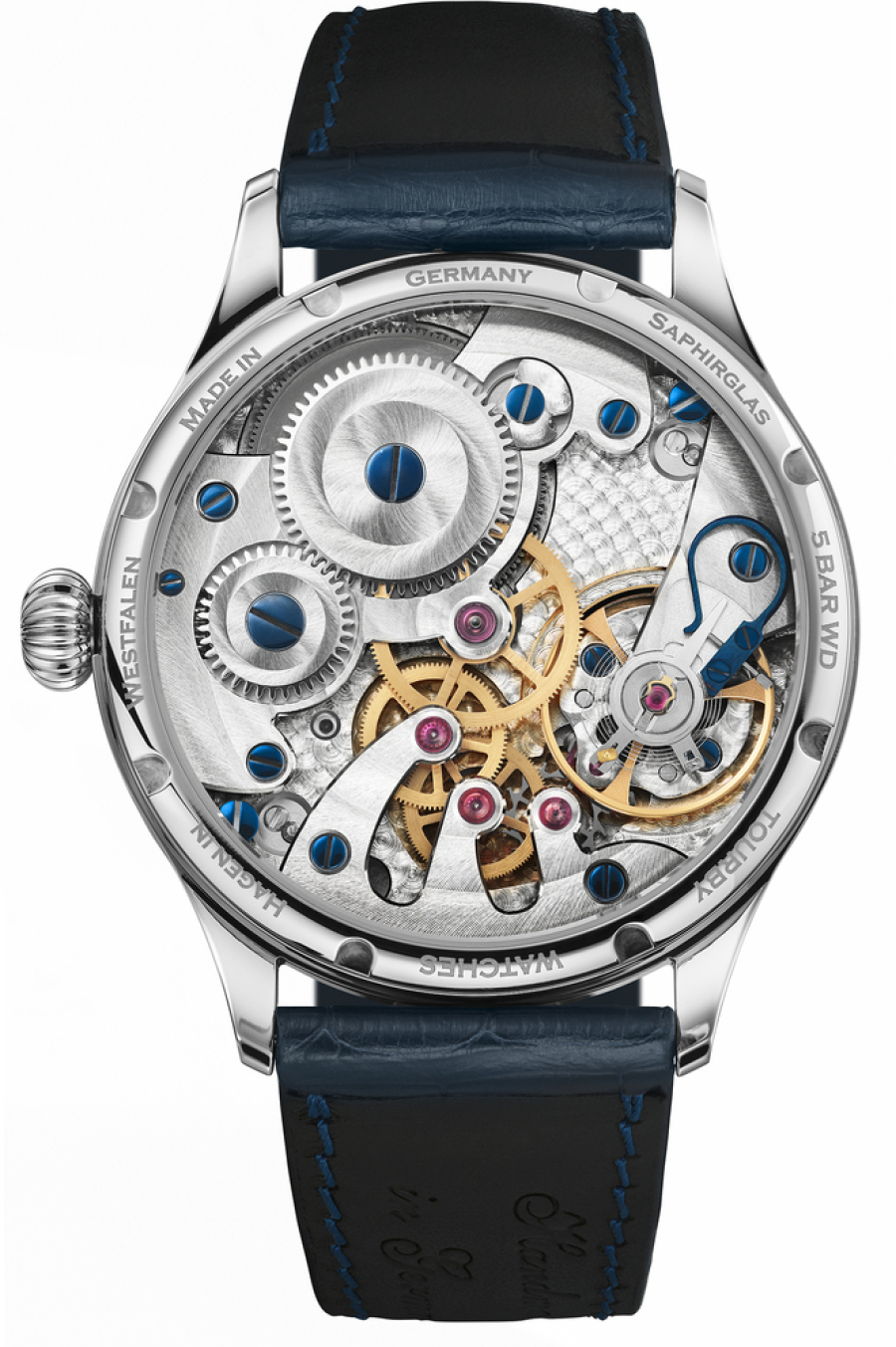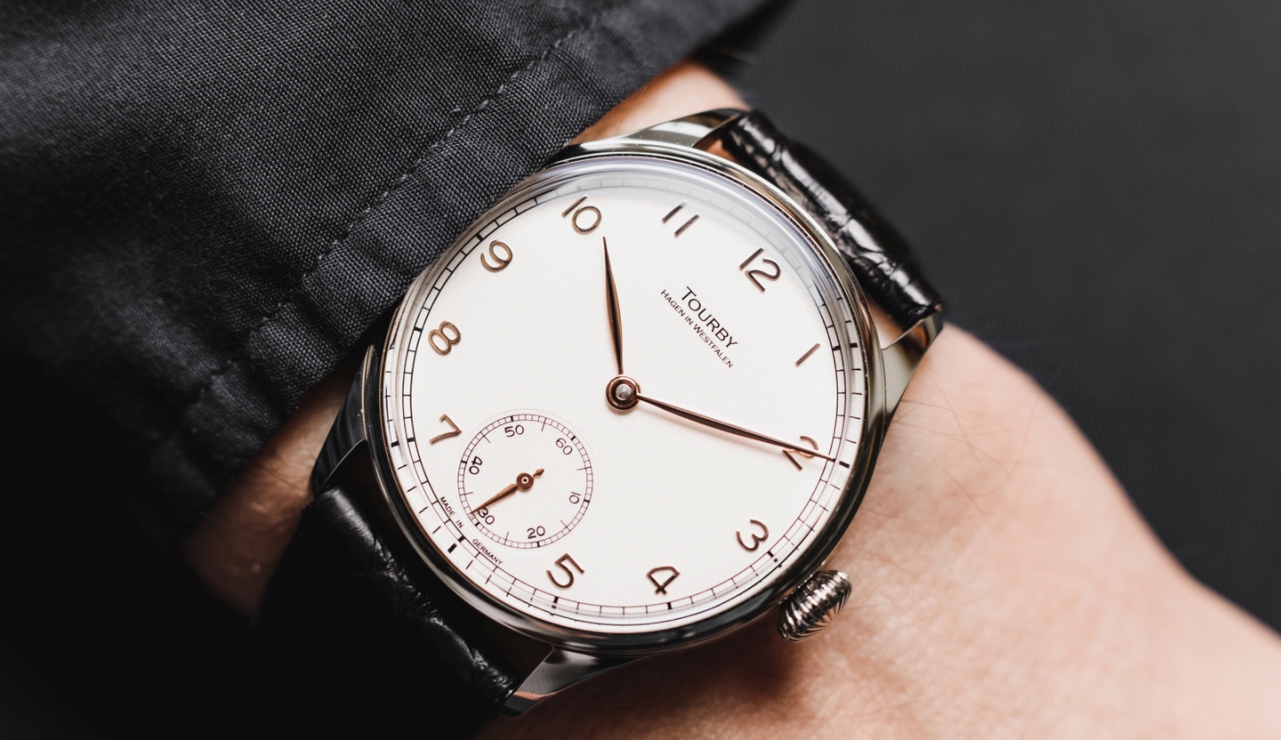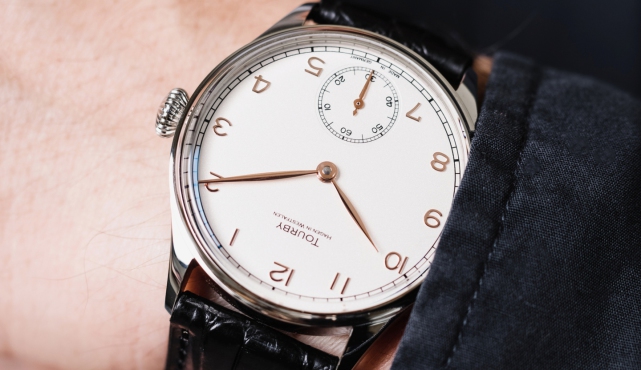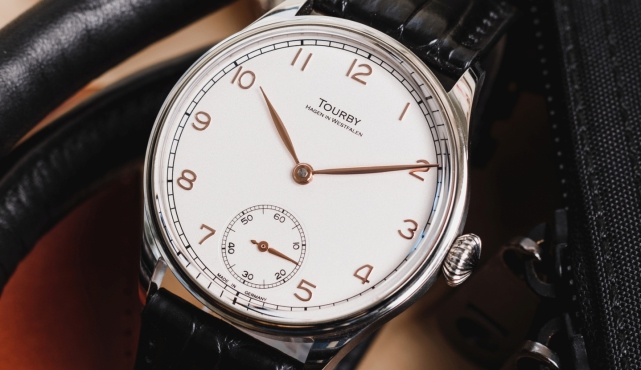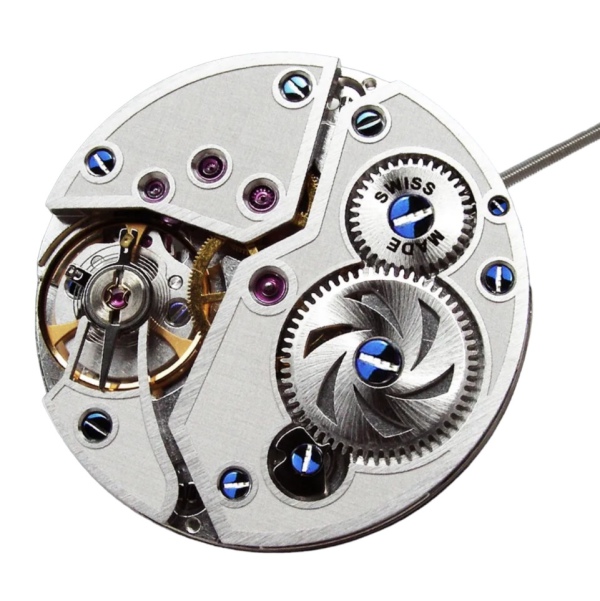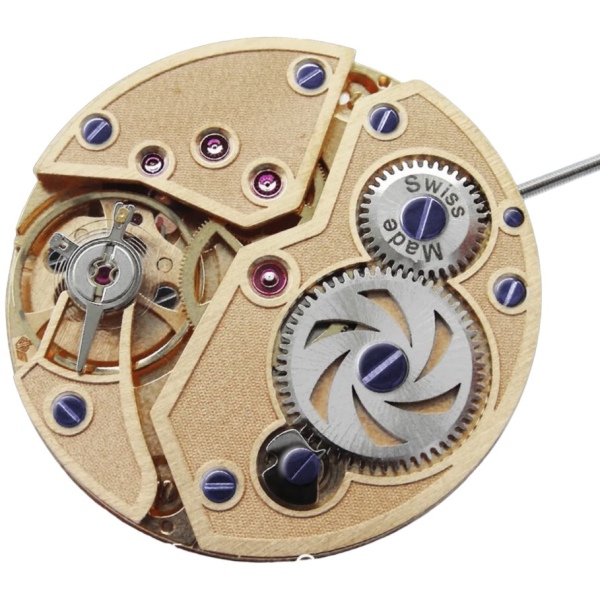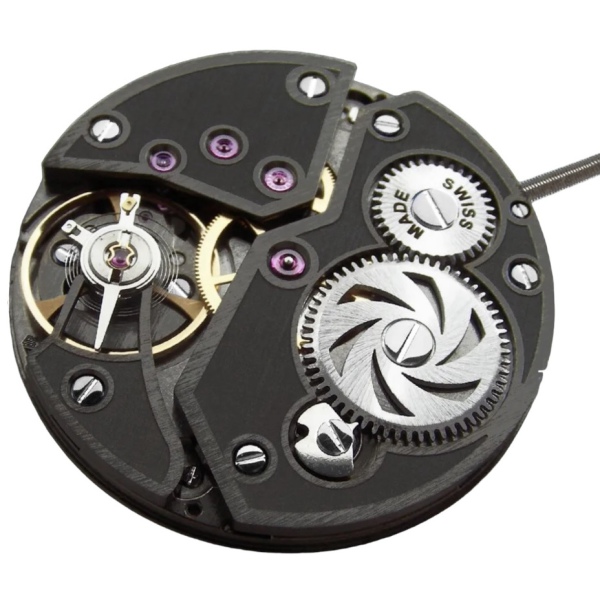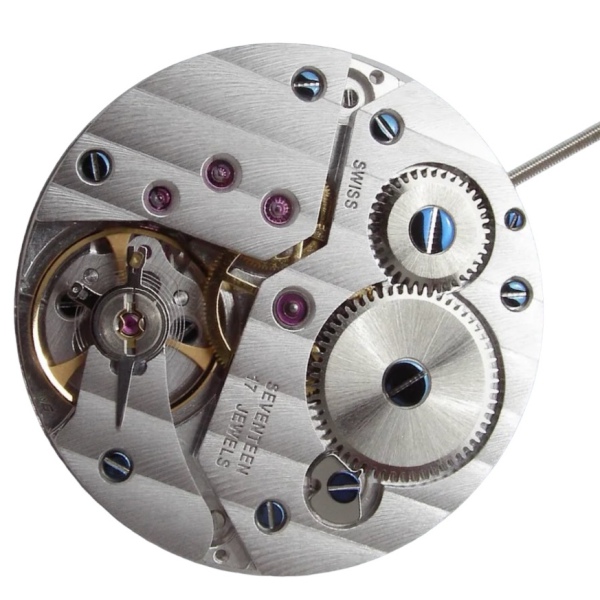Available in three sizes: 40 mm, 43 mm or 45 mm - Price from 2,150.00 Euro
The watchmaking era of Art Deco is just as short as in other areas with this style. After World War I until before During the Second World War, a style spread all over
the world and in all areas of everyday life. Art Deco stylistic elements flowed into architecture, furniture, clothing and every conceivable commodity. With Art Deco, everything superfluous was seen
as necessary. The stylized and two-dimensional depiction of floral and organic motifs is characteristic of Art Deco. This lack of shadow and naturalness conveys the modern and often bold impression
of the art of that era. In the middle of this epoch, the Art Deco pocket watches were created, which were characterized by the renunciation of functionalism and the worship of technology. Completely
in the style of Art Deco, these pocket watches had clear shapes and a pure surface effect of the materials. For the first time, applied numbers - so-called appliqués - were used. These Art Deco
pocket watches should not be confused with the mostly small and angular women's wristwatches that were appearing at the same time. At this time, the man was still carrying his pocket watch in his
waistcoat pocket. It was not until 1940 that the wristwatch also became popular among men, but by then the small, angular design of wristwatches was already outdated. Wristwatches for men between
1940-1960 were mostly round and slightly larger. Just like their role models, the Tourby Art Deco watches also draw on these style elements. Despite the simple design, but through the use of precious
materials, a very decorative and elegant look is achieved. The rose gold appliqués and numbers look extremely high quality and are extremely complex and expensive both in terms of production and
assembly. The rose gold leaf hands "Feuille" fit this style perfectly. It is important not to produce both the appliqués and the hands flat, but to give these parts volume. Therefore, curved
materials are used in both cases. This design is also available in a rhodium variant, where the appliqués and hands are rhodium-plated and the dial has a sunburst finish with a technical look. Of
course, the dials are made of the highest quality 925/000 sterling silver, as Art Deco dictates. The numbers on the dial should not only stand out in color, but also stand out from the overall
picture due to their shape. This resulted in a clear and high-quality design.
The hands are made of stainless steel and then hard gold-plated. Normally, steel hands are only used if you want to blue them afterwards, since only steel hands can be
blued using temperature. For non-blued hands, you actually only use the cheaper brass hands, since stainless steel is unnecessary here. Brass hands are on the one hand cheaper and on the other hand
much easier to gild. However, Tourby spared no expense with the Art Deco models and used steel hands, although this is not technically necessary. But in the world of luxury, it's often the less
necessary things that make it so appealing. Nevertheless, steel hands always have an advantage over brass hands. Steel hands are more robust and often survive assembly without damage, while brass
hands usually have to be replaced in a later revision because they bend or scratch during assembly. The connoisseur can always tell steel hands from brass hands, even if both are subsequently
gold-plated. Just looking at the base of the hands reveals the quality of steel hands. With brass hands, the circle around the holes is often bent during assembly, while steel hands cannot be bent
due to the robust base material. Of course, you can only see something like this on closer inspection, but the differences are often in the details. Especially with luxury items, the customer will
inspect the goods very carefully.
The crystal of the Tourby Art Deco watches is a strongly curved sapphire crystal and its shape is reminiscent of old pocket watches. In the case of pocket watches, the
crystals were mostly made of plastic and were very cheap to manufacture. A strongly curved sapphire crystal, on the other hand, is extremely complicated and expensive to produce. These special lenses
cost four times as much as traditional sapphire lenses and hundreds of times as much as plastic lenses. At the same time, strongly curved sapphire crystals should not be confused with simply curved
sapphire crystal. There are also significant price differences here. With a strongly curved sapphire crystal, not only is the outer surface curved, but also the inside. This creates a kind of
cylinder shape, which is very difficult to produce. Due to this very special shape, narrower cases can be used, which looks better with classic watches. With such a construction, the dial sits much
higher and makes the watch look more elegant. The technical advantage of these strongly curved glasses is that the actual thickness of the watch can be concealed. Above all, classic watches should
appear very flat and not obtrusive. Technically, this is difficult to achieve because the movements are usually very thick. Viewed from the side, a watch consists of a case-back, middle part, bezel
and crystal. The thickness of the caseback and middle can hardly be reduced, but the bezel and crystal can be used to give the watch a slimmer look. To do this, you use a very narrow and flat bezel
and set the dial up to this height. Now only the hands stick out at the top. And this is protected by a strongly curved sapphire crystal without impairing its function. Since the Crystals are
anti-reflective, they are hardly noticeable to the viewer. The eye then only sees the steel frame of the watch, which looks very flat. Although the watch - measured with crystal - has the same height
as other watches, it looks much flatter.
Specifications:
manufactured watch case
wristwatches in vintage pocket-watch design
40 mm, 43 mm or 45 mm diameter
10.4, 10.6 mm or 14.45 mm total height (incl. domed crystal)
22 mm strap wide
48 mm, 50 mm or 52 mm lug to lug
watch case in stainless steel or rose gold plated
Swiss Made pocket-watch movemet
Properly refined according to highest watchmaking standards
TOP GRADE manual wind movement (based on Swiss Made ETA Unitas 6498-2)
17 Jewels, 21.600 A/h beats per hour, power reserve 60 h
fine adjusted in 5 positions
Precision between -2/+8 sec/day, after casing
genuine 925/000 Sterling silver face
Domed (arched) and anti-reflected sapphire glass on front
Sapphire display case back
Watch straps made of genuine Louisana gator skin or from Cordovan Leather
Shipped in an attractive travel Leather case
anti-shock proof (DIN standard 8308)
antimagnetic 4,800 A (DIN standard 8309)
**** free shipping worldwide***
Delivery time within 4 weeks
Price (NET excluded VAT):
Art Deco Basic with Cordovan Leather strap * 2,150.00
Euro
*Upgrade Top Grade Movement + 800.00
Euro
Extras: (Please click on the text for more informations):
genuine alligator skin strap + 75.00 Euro
Change to straight crown * free of
charge
Folding clasp + 75.00 Euro
43 mm rose gold plated watch case (very robust PVD plating) + 200.00 Euro
Large presentation-wooden box + 300.00 Euro
Please click on the picture below to start a video
(The watch in the video is a prototype with a
different movement)

